The three essential herbs for perfect beef stew are thyme, rosemary, and parsley. Add 1 teaspoon dried thyme at the beginning of cooking, one whole rosemary sprig during simmering (removed before serving), and fresh parsley in the last 10 minutes for best results. This simple combination creates balanced flavor depth that enhances rather than overpowers the beef—confirmed by both professional chefs and flavor chemistry principles.
Table of Contents
- Why These Herbs Work for Beef Stew
- Top 5 Herbs for Perfect Beef Stew (With Timing Guide)
- How to Use Herbs Properly in Stew
- Common Herb Mistakes to Avoid
- Best Dried vs Fresh Herb Substitutions
- Advanced Flavor Chemistry Tips
- Conclusion
- Frequently Asked Questions
Why These Herbs Work for Beef Stew
When making beef stew, the right herbs transform basic ingredients into something special. Thyme, rosemary, and parsley form the classic trio because they complement beef's rich flavor without overpowering it. Thyme adds earthy depth, rosemary cuts through richness with its pine-like notes, and parsley provides a fresh finish that balances the stew's heaviness.
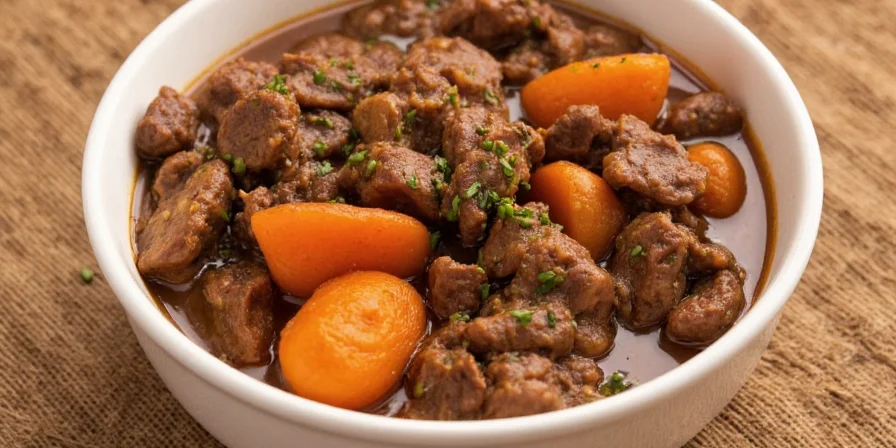
While professional chefs use this combination for generations, science explains why it works: thyme's thymol compounds bind with meat fats during cooking, rosemary's camphor helps cut through richness, and parsley's apiol provides a clean finish. For most home cooks, this simple trio delivers perfect results without complicated techniques.
Top 5 Herbs for Perfect Beef Stew (With Timing Guide)
These five herbs deliver the best flavor for beef stew with proper timing:
- Thyme – Add dried thyme at the beginning of cooking (1 teaspoon per pound of beef). Provides earthy foundation flavor.
- Rosemary – Add one whole sprig during simmering (remove before serving). Use sparingly as too much creates bitterness.
- Parsley – Stir in fresh flat-leaf parsley during the last 10 minutes of cooking. Provides bright finish.
- Bay Leaves – Add 1-2 leaves at beginning of cooking (remove before serving). Creates subtle background notes.
- Oregano – Add ½ teaspoon dried oregano midway through cooking for tomato-based stews.
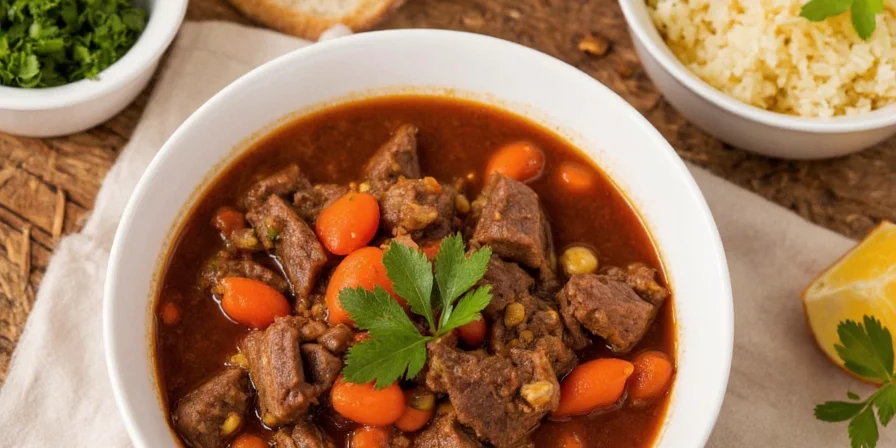
How to Use Herbs Properly in Stew
Get the most flavor from your herbs with these practical techniques:
- Dried vs. Fresh: Use dried herbs at the beginning of cooking. Add fresh delicate herbs (like parsley) in the last 10 minutes.
- Bouquet Garni: Tie woody herbs (thyme, rosemary, bay leaves) in cheesecloth or secure with kitchen twine for easy removal.
- Proportion Guide: For a standard 4-pound beef stew, use 1 teaspoon dried thyme, 1 rosemary sprig, and 2 tablespoons fresh parsley.
- Toast Dried Herbs: Briefly heat dried herbs in oil before adding liquid to enhance flavor release.
- Never Overpower: Herbs should enhance the beef flavor, not dominate it. Start with less—you can always add more.
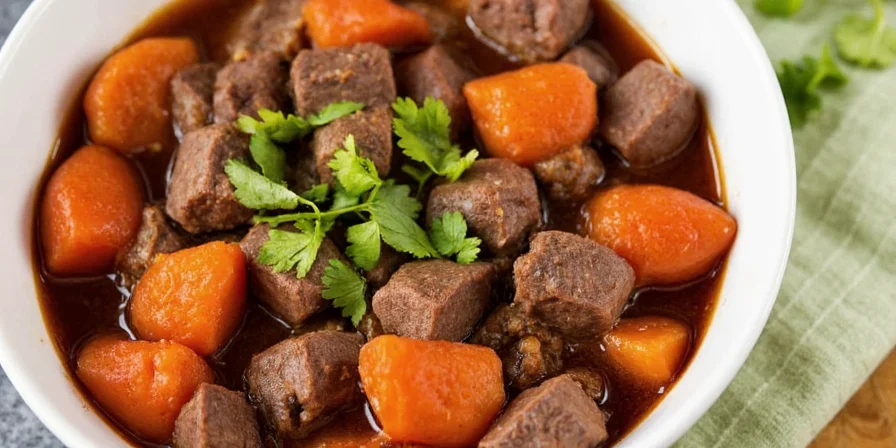
Common Herb Mistakes to Avoid
| Mistake | Problem | Solution |
|---|---|---|
| Using old, dusty herbs | Lost flavor and potency | Replace dried herbs every 6-9 months; test freshness by rubbing between fingers |
| Adding fresh herbs too early | Delicate flavors cook away | Add fresh parsley and dill in the last 10 minutes |
| Overusing rosemary | Bitter, medicinal taste | Use one small sprig per 4 pounds of stew; remove after 45 minutes |
| No layering of flavors | Flat, one-dimensional taste | Add dried herbs early, woody herbs mid-cook, fresh herbs at end |
| Not tasting as you go | Can't adjust seasoning properly | Taste at different stages and adjust herb levels as needed |
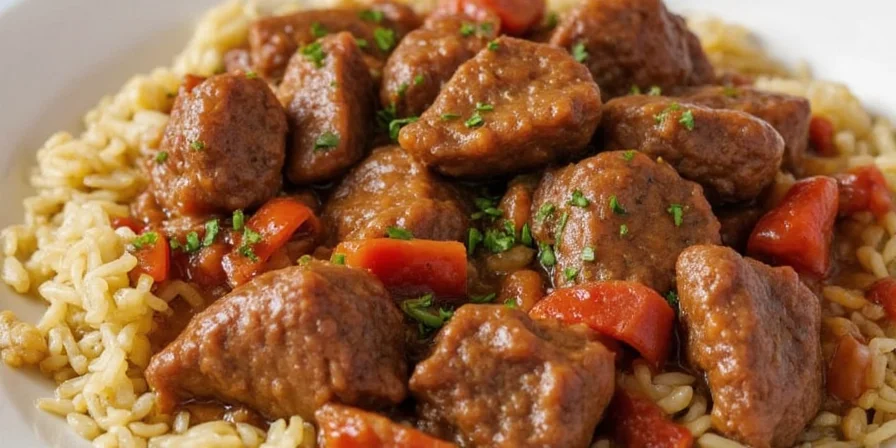
Best Dried vs Fresh Herb Substitutions
| Herb | Dried Amount | Fresh Amount | Best Added |
|---|---|---|---|
| Thyme | 1 tsp | 1 tbsp | Beginning of cooking |
| Rosemary | ½ tsp | 1 sprig | Mid-cooking (remove before serving) |
| Parsley | 1 tsp | 2 tbsp | Last 10 minutes |
| Bay Leaves | 1 leaf | 1 leaf | Beginning (remove before serving) |
| Oregano | ½ tsp | 1½ tbsp | Mid-cooking for tomato-based stews |
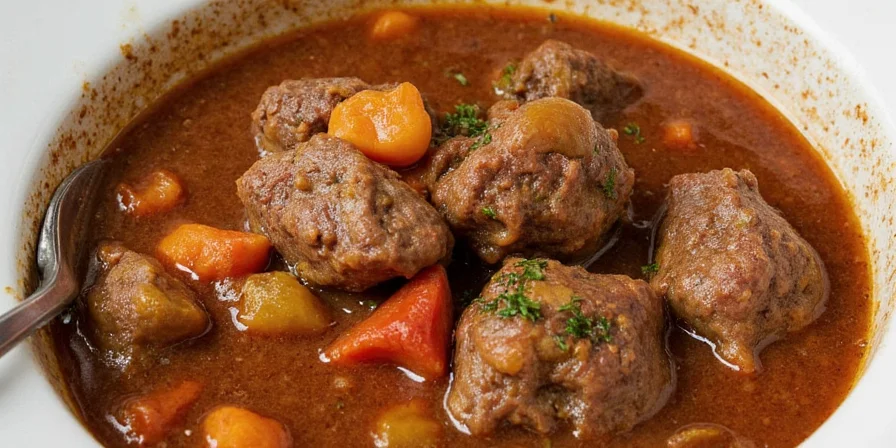
Advanced Flavor Chemistry Tips
For those interested in the science behind perfect herb combinations, understanding basic flavor chemistry can take your stew to the next level. Thyme and rosemary work well together because thyme's thymol compounds bind with meat fats during cooking, while rosemary's camphor helps cut through richness without competing for the same flavor receptors.
When making tomato-based stews, adding oregano midway through cooking enhances the umami because oregano's carvacrol compounds interact with tomatoes' lycopene. For the finishing touch, fresh parsley added at the end provides apiol compounds that activate freshness receptors, creating a balanced flavor profile that doesn't overwhelm the beef.
Conclusion
The secret to perfect beef stew seasoning is simplicity: thyme, rosemary, and parsley used at the right times. Start with these three essential herbs in the proper amounts, avoid common mistakes like overusing rosemary, and you'll create consistently flavorful stews. As you gain confidence, experiment with additional herbs like bay leaves or oregano for tomato-based variations. Remember that herbs should enhance—not overpower—the natural flavor of your beef. With these practical guidelines, you'll create restaurant-quality beef stew that impresses family and friends every time.
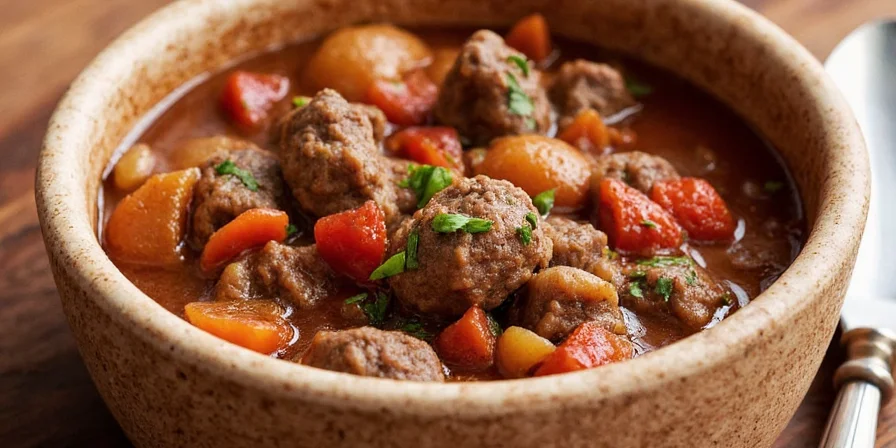
Frequently Asked Questions
What are the best herbs for beef stew?
The top three essential herbs are thyme, rosemary, and parsley. Thyme provides earthy depth when added at the beginning, rosemary adds aromatic complexity (use sparingly), and fresh parsley gives a bright finish when added at the end. Bay leaves and oregano work well in tomato-based stews.
When should I add herbs to beef stew?
Add dried herbs at the beginning of cooking, woody fresh herbs (like rosemary) midway through simmering (remove before serving), and delicate fresh herbs (like parsley) in the last 10 minutes. This timing preserves each herb's optimal flavor profile.
Can I use dried herbs instead of fresh in stew?
Yes, dried herbs work well in stews because they withstand long cooking times. Use one-third the amount of dried herbs compared to fresh (1 tsp dried = 1 tbsp fresh). Add dried herbs at the beginning of cooking for full flavor integration.
Why does my stew taste bitter after adding rosemary?
Bitterness usually comes from using too much rosemary or crushing the leaves. Use just one small sprig per 4 pounds of stew, add it during simmering (not boiling), and remove after 45 minutes. Whole sprigs release flavor more gradually than crushed leaves.
How do I store dried herbs to keep them fresh?
Store dried herbs in airtight containers away from heat and light. Properly stored, they maintain potency for 6-9 months. Test freshness by rubbing a small amount between your fingers—if you can't smell a strong aroma, it's time to replace them.

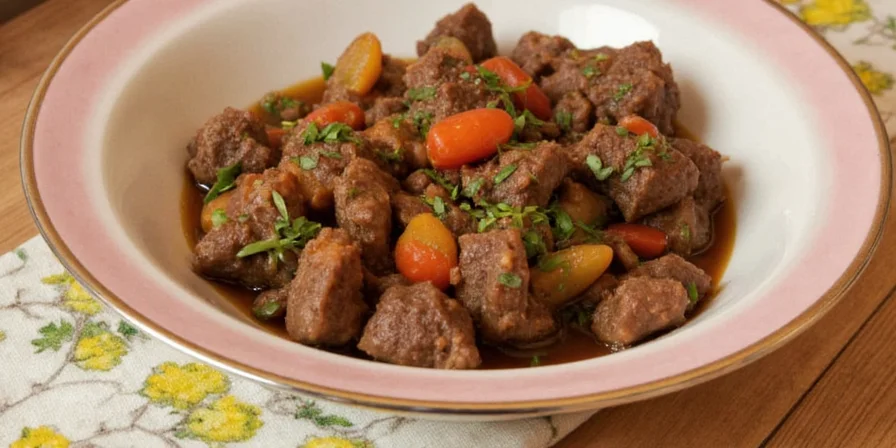









 浙公网安备
33010002000092号
浙公网安备
33010002000092号 浙B2-20120091-4
浙B2-20120091-4